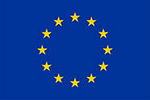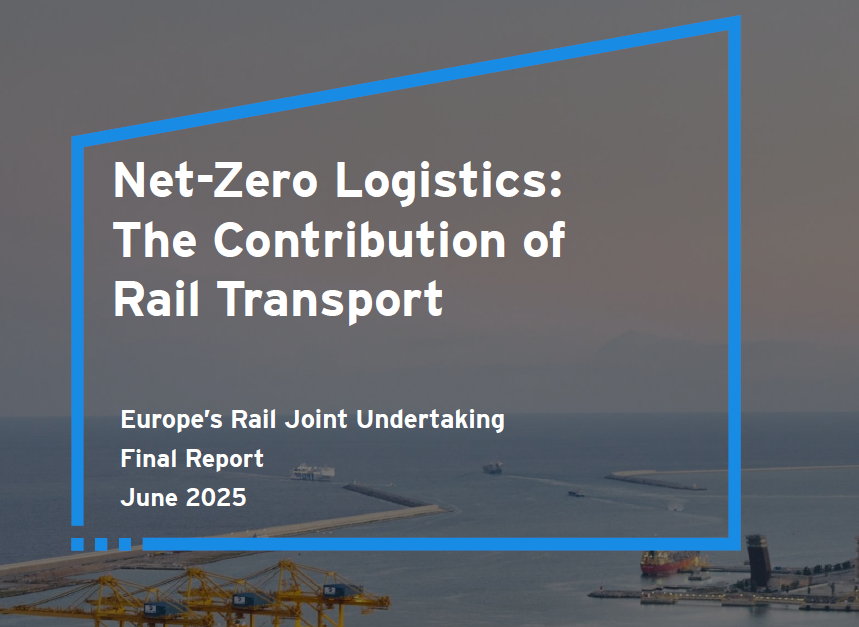Europe must take decisive steps to simplify and modernise its rail systems to strengthen competitiveness,...
Getting more value from data is essential for railways to take a forward leap. For this quest, 32 out of the 55 Shift2Rail innovations in development within Shift2Rail contribute at least partially to improve collection, analysis and interpretation of data: are we on track to create and harness a ‘Railway Internet of Things’?
Automated data collection from sensors on vehicles and rail assets such as tracks, catenaries and tunnels, could provide rail managers with detailed live information on the network, supporting fast and well-informed decisions. Engineers trust data could bring many benefits to railways, especially for maintenance.
Today, technicians review from time to time each rail asset and repair them when broken. Better use of data would enable a radical new approach: Condition Based Maintenance (CBM). Thanks to live information from sensors placed on different elements, technicians will know if an asset needs servicing – leading to reduced downtime of infrastructure and rolling stock, which entails less delays for passengers.
Not only that, algorithms and models under development in Shift2Rail would feed the CBM system, able to predict the performance of assets based on pattern recognition and machine learning technology, informing future maintenance strategies to be more efficient.
“Now we have a new tool we can use to better understand what really happens in our components”, says Mr Ackermann, rail maintenance expert at Deutsche Bahn and member of the IMPACT-2 project, working on smarter maintenance strategies as part of the Shift2Rail Cross-Cutting Activities programme.
S2R is creating a series of concrete case studies for which CBM would help improve rail upkeep. Engineers are collecting real information from different components in rail fleets in service and linking the resulting data with events actually happening in the vehicles. The first step is to find where CBM would help best.
“A vehicle has thousands of components and hundreds of maintenance tasks, you have to choose the right task, you cannot [collect data] for the whole vehicle”, says Mr Ackermann. Once suitable tasks and components are identified, researchers will analyse the resulting data and will create rules for maintenance, taking into account European standard and data-sharing regulations.
By 2022, project managers expect issuing a set of smarter maintenance recommendations to be implemented at service stations and workshops.
Collaboration within Shift2Rail is proving itself instrumental for developing maintenance strategies applicable to railways across Europe, with all stakeholders pulling together: “We can talk with colleagues from other rolling stock cooperating companies or directly with the manufacturers. Otherwise, we would have little chances to do that”, says Mr Ackermann.
Shift2Rail Programme Manager for Infrastructure Nikolaos Athanasopoulos is convinced that creating a ‘Railway Internet of Things’ to get more value from data will bring important rolling stock maintenance savings for rail undertakings, while guaranteeing even higher safety levels.
Wheels are a clear example, he says, one of the most expensive parts to maintain in a train. “Wheel regular maintenance entails well-known and predictable costs but if a wheel is suddenly out of order, costs for upkeep become unpredictable and indirect costs increase dramatically. With better data from the rolling stock, we could monitor the wheels and predict their behaviour, saving extraordinary servicing costs and preventing unforeseen disruptions”.
The path ahead is clear for European railways: to shift from periodical corrective and preventive upkeep strategies to Condition Based Maintenance (CBM) and predictive maintenance – harnessing the full potential of data, and leading to higher cost-efficiency and reliability for rail vehicles and infrastructure.
“More value from data” is one of the twelve capabilities Shift2Rail is developing for the next generation of railway systems in Europe. An interactive map showing how each of these capabilities will contribute to the future of railways is available here.

What if we could monitor all the rail assets in this picture?
















